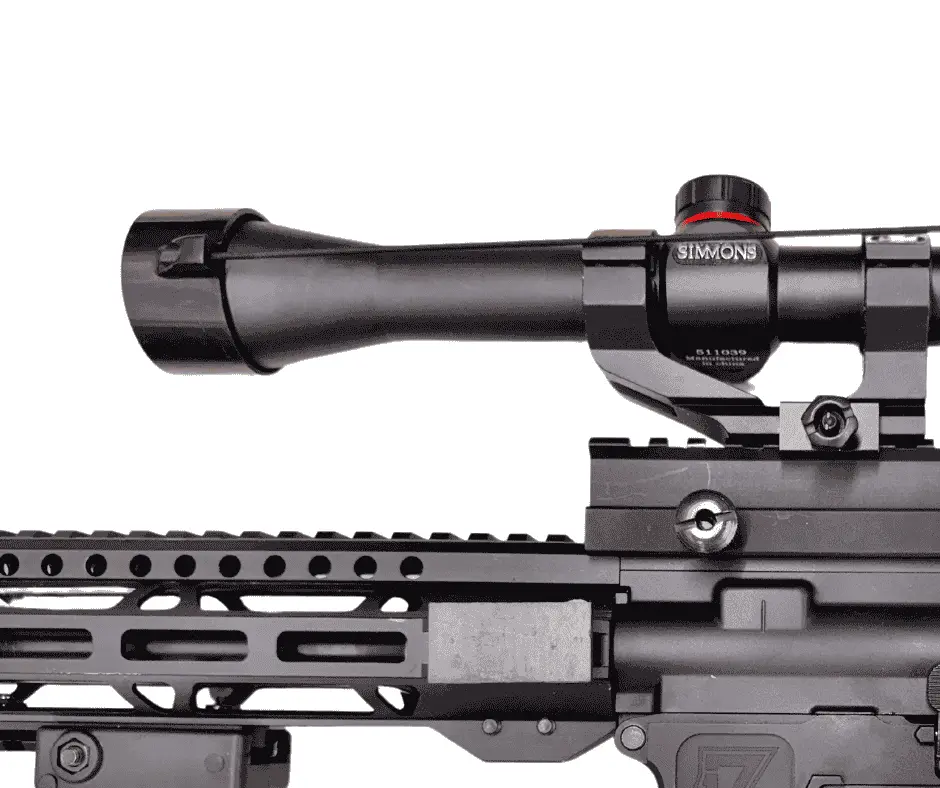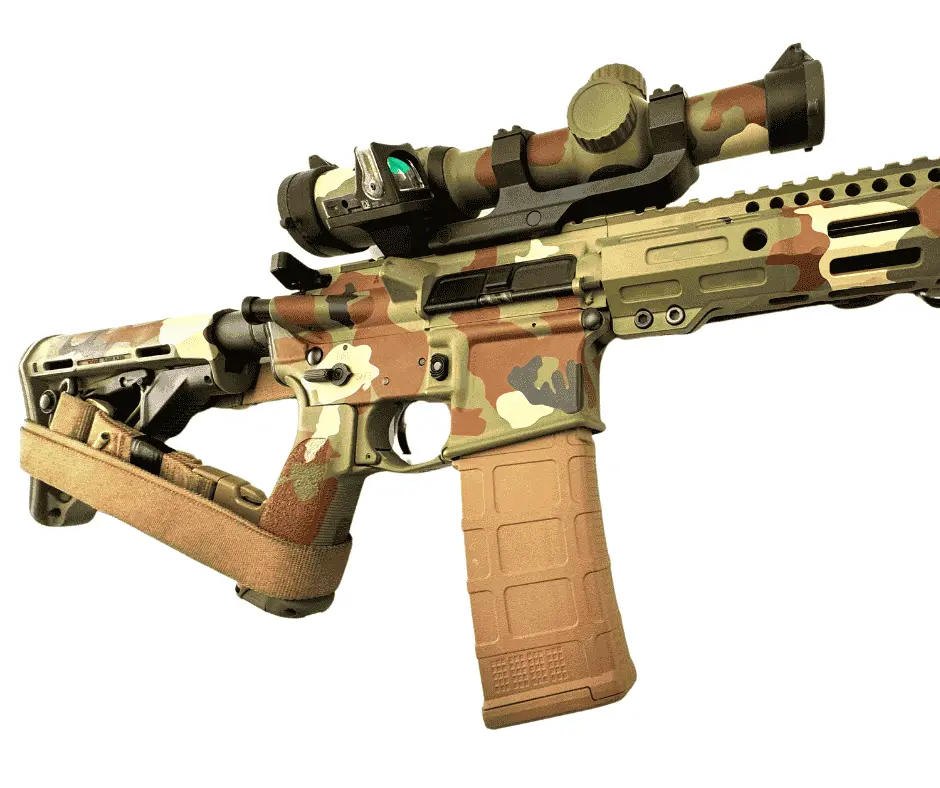
Welcome back to another Tech Tip Tuesday! Today’s topic comes from a comment on our YouTube channel where a viewer thought one of my optics was “bridged.” That got me thinking: optics bridging is an issue that not many shooters are aware of, yet it’s crucial to understand for anyone building a rifle. Let’s break down what optics bridging is, why it’s bad, and how you can avoid it for a more effective and reliable setup.
What is Optics Bridging?
Optics bridging happens when an optic or its mount spans two separate mounting platforms, typically the receiver and handguard on a rifle. For example, one part of your optic mount might be clamped to the receiver, while the other part is secured to the handguard.
While this may seem like a way to maximize rail space, it introduces serious issues. The receiver and handguard are separate components that can move independently under recoil or physical pressure, creating problems with alignment, accuracy, and long-term durability.

Why is Optics Bridging Bad?
1. Misalignment Issues
The receiver and handguard are connected via the barrel nut, but this connection isn’t perfectly rigid. Under recoil, even a small amount of independent movement between these components can cause your optic to become misaligned, leading to inconsistent accuracy.
2. Loss of Zero
If your optic spans two surfaces that can move independently, it’s more likely to lose zero. This is especially problematic for rifles used in defensive scenarios or competition, where consistent accuracy is non-negotiable.
3. Increased Stress on Mounts
Mounts that span both the receiver and handguard are subjected to uneven stress. This can lead to loosening screws, warped mounts, or even damage to your optic over time.
4. Durability Concerns
Handguards are often lightweight and may flex under pressure or impact. Optics mounted across both the receiver and handguard risk being exposed to these forces, which can compromise the durability and stability of your setup.
5. Unnecessary Complexity
Bridging optics complicates your setup by relying on the rigidity of two independent components. This adds an unnecessary layer of potential failure to your rifle’s performance.
Practical Examples of Bridging Optics
Shooters often bridge optics unintentionally due to improper setup or limited rail space. For example, someone using a long magnified scope might bridge it to achieve proper eye relief. Similarly, shooters running a red dot and magnifier combo might span the gap to accommodate both devices.
While this might seem like a temporary solution, it often leads to the issues we’ve discussed. The better solution is to select the right optic and mount combination to fit your rifle’s platform.
How to Avoid Optics Bridging
1. Mount Optics Entirely on the Receiver
The simplest way to avoid bridging optics is to keep your optic mount fully on the receiver rail. This ensures that the optic stays aligned with the barrel, maintaining accuracy and consistency.
2. Choose the Right Mount
If you’re running a longer optic, a cantilever mount can help you achieve proper eye relief without spanning the receiver and handguard. These mounts are specifically designed to provide additional reach while maintaining a secure, single-surface connection.
3. Plan Your Setup
Before mounting your optic, take the time to think through your rifle’s intended use. Are you building it for home defense, competition, or long-range shooting? This will help you choose an optic and mount that fits your needs without compromising your setup.
4. Consider Your Rail Space
If your receiver’s rail space is limited, consider switching to a more compact optic or reevaluating your accessory placement. This can free up room on the receiver rail for your optic without resorting to bridging.
5. Use Quality Components
Investing in high-quality mounts and optics ensures a secure fit and minimizes the likelihood of misalignment or failure. Cheaper mounts are more prone to loosening under stress, so it’s worth spending a bit more to get components you can rely on.

Is Optics Bridging Only an AR-15 Issue?
While optics bridging is most commonly associated with AR-15 rifles, it’s not exclusive to them. Any firearm with separate mounting surfaces—such as bolt-action rifles with chassis systems or shotguns with extended rails—can experience similar problems if optics are improperly mounted. The principles remain the same: keep your optic secured to a single, stable surface.
Avoiding the Pitfalls of Optics Bridging
The good news is that optics bridging is easy to avoid with a little planning and the right gear. Stick to mounting your optic entirely on the receiver, and use a cantilever mount if needed to achieve proper eye relief. By investing in quality components and planning your setup carefully, you can ensure your rifle remains accurate, reliable, and durable.
At TFirearms, we’re always here to help you make informed decisions about your rifle setup. Whether you’re building your first AR or upgrading an existing setup, our team is happy to guide you toward the best options for your specific needs. Swing by the shop, and let’s make sure your rifle is ready to perform at its best.
Stay safe, shoot straight, and we’ll see you next Tuesday for another Tech Tip!


